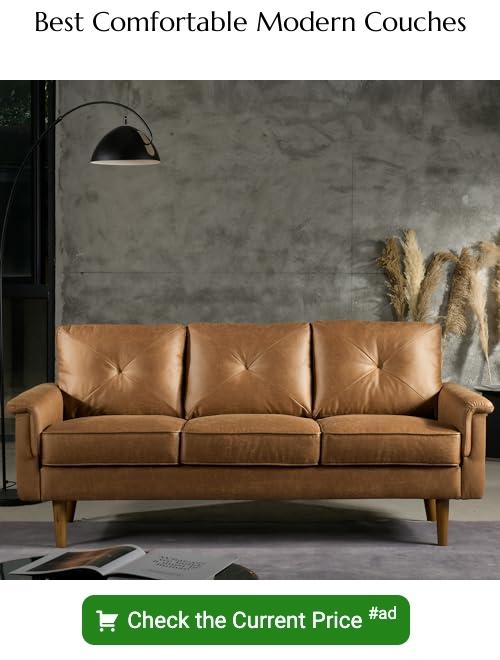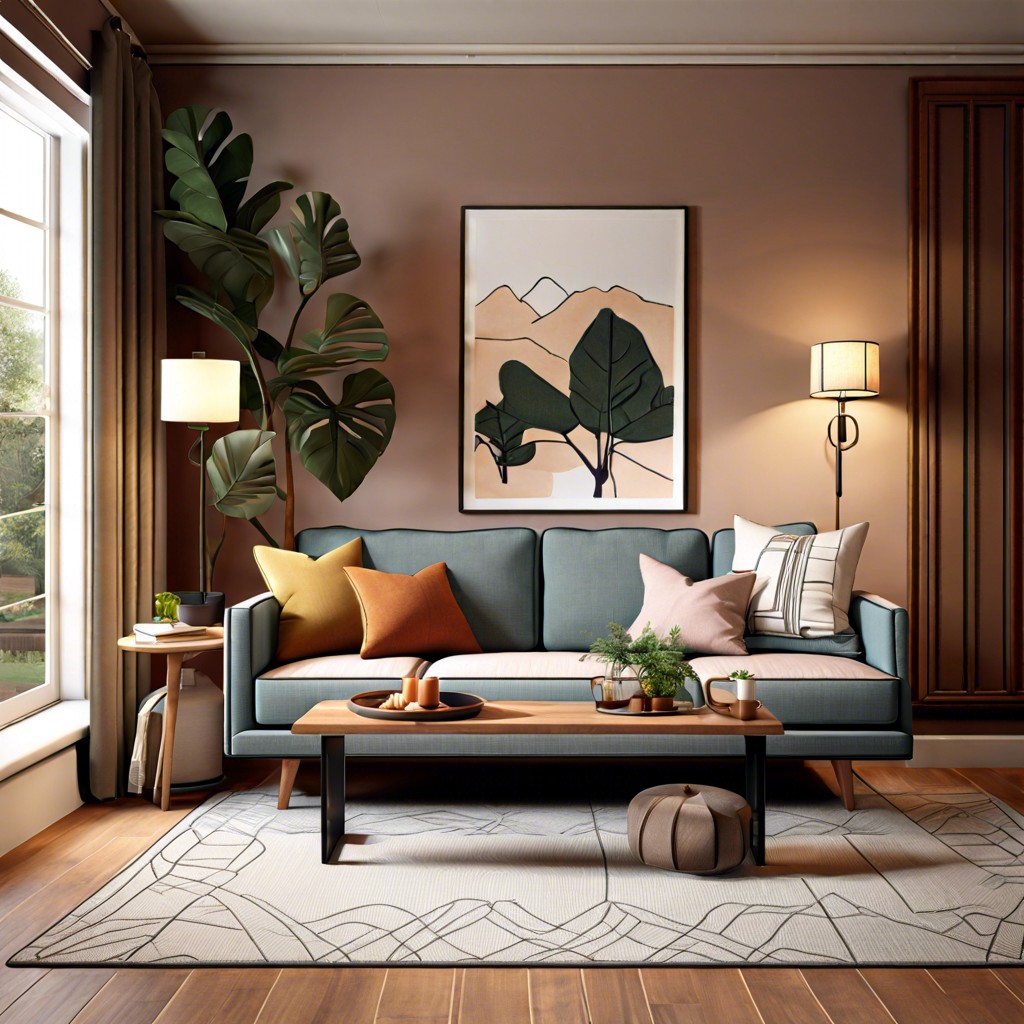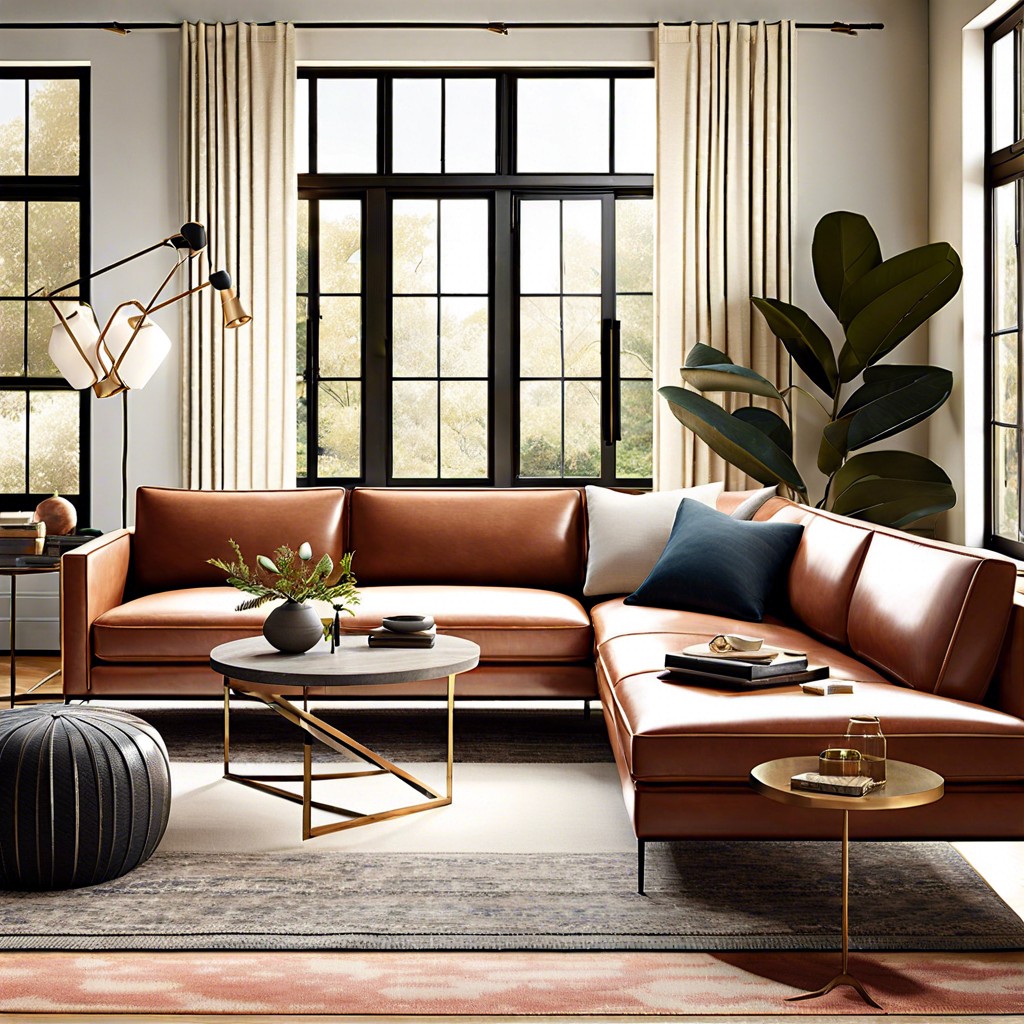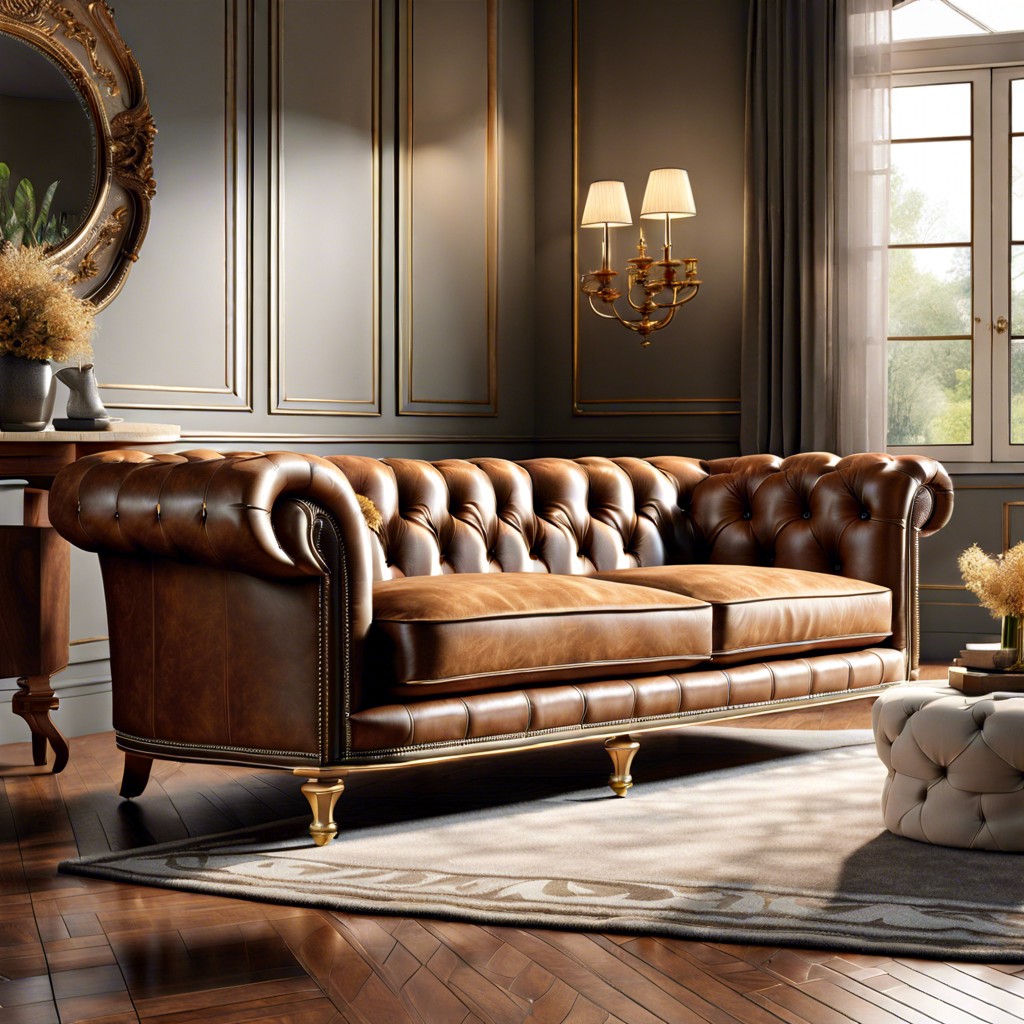Last updated on
Discover the fascinating history behind the invention of couches, as we delve into their origin and journey through time in this engaging blog post.
Couches are a staple in almost every home across the world. They provide comfort, relaxation and a perfect spot to binge-watch your favourite show or read a book.
But have you ever wondered when the first couch was invented? Who came up with the idea of having a comfortable seating arrangement for multiple people? In this blog, we will take you on a journey through time and explore the history of couches, from their humble beginnings to the luxurious designs we see today. So sit back, relax and let’s dive into the fascinating world of couches!
Key takeaways:
- The earliest known couch was discovered in Egypt around 2000 BC.
- Couches were used in ancient Greece and Rome for reclining during meals.
- Medieval furniture lacked cushioning, but couches became more luxurious.
- Renaissance couches featured ornate carvings and upholstery.
- Couch designs have evolved over time with new materials and styles.
Table of Contents
Ancient Couch Origins

The earliest known couch was discovered in the ruins of the city of Akhmim in Egypt, dating back to around 2000 BC. These early couches were made from wood and featured a raised headrest at one end for reclining.
In ancient Greece, couches were used during symposiums where guests would recline while eating and drinking. These Greek “klines” were often made from bronze or marble and adorned with intricate carvings.
Similarly, Roman elites also enjoyed lounging on their own version of a kline called a “lectus”. Made from wood or metal frames with woven straps for support, these beds could accommodate multiple people at once.
It’s clear that even thousands of years ago people valued comfort when it came to seating arrangements.
Egyptian Lounging
The ancient Egyptians had a unique seating arrangement called a “kline,” which was essentially a low platform with cushions on top. These platforms were used for lounging, eating and even sleeping.
The kline was made from wood or stone and decorated with intricate carvings or paintings. It was often placed against the wall of the room to create an intimate space where people could relax together.
Interestingly, these lounging platforms were not just reserved for humans but also extended to pets as well! Cats would often be seen perched on top of these cushions alongside their owners.
The Egyptian kline served as an inspiration for many other cultures that followed them in history.
Greek and Roman Reclining
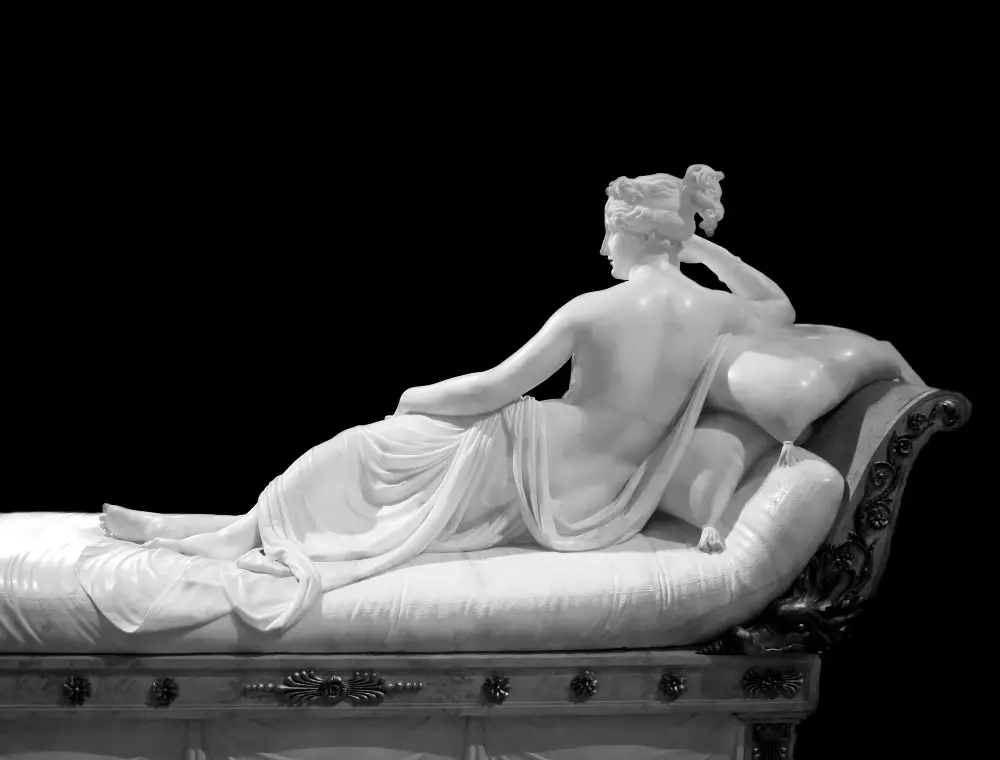
They believed that reclining while eating was a sign of luxury and status, which led to the creation of chaise longues or “long chairs.” These were designed for dining purposes, with one end raised higher than the other so that diners could lean on their left elbow while using their right hand to eat.
In ancient Rome, couches were used for banquets where guests would recline in groups around low tables. The most important person at the banquet would occupy the central position on what was known as a lectus triclinaris or “three-couch bed.” This type of couch had three sections arranged in a U-shape with cushions placed along each side.
These luxurious furnishings became symbols of wealth and power throughout Greece and Rome. As such, they were often adorned with intricate carvings or embellishments made from precious metals like gold or silver.
Medieval Furnishings
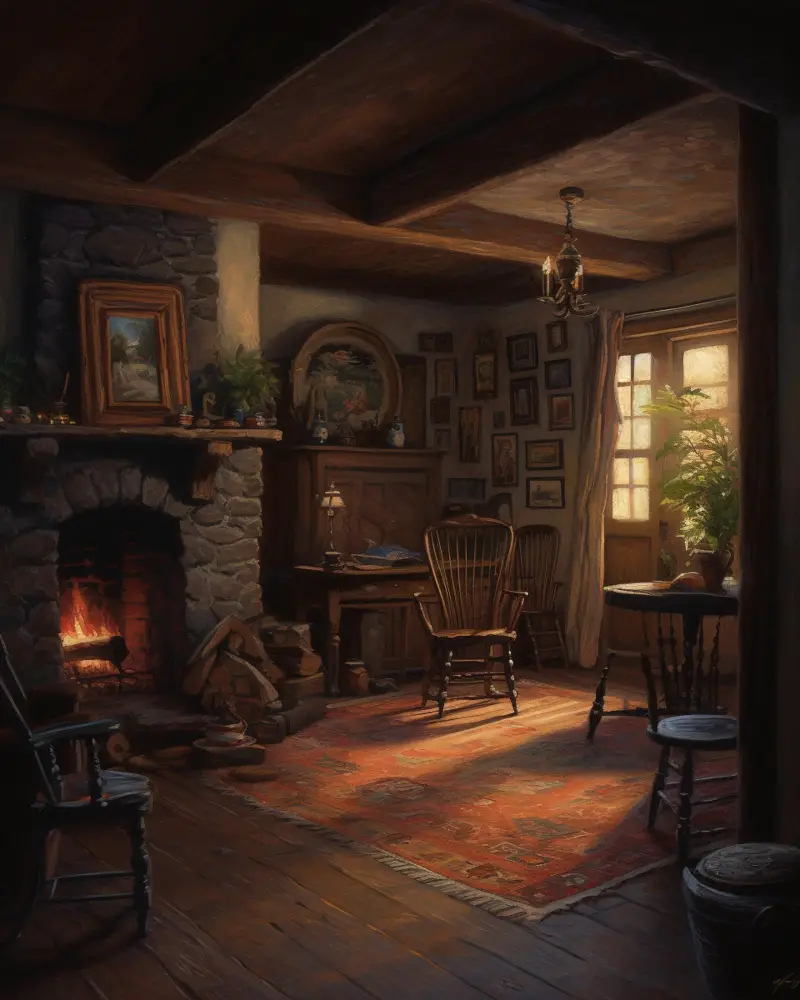
Instead, people used benches and stools for seating arrangements. These furnishings were often made of wood and had little to no cushioning or upholstery.
However, in the later part of the medieval era, furniture design began to evolve with more emphasis on comfort and luxury. Couches started appearing in castles and manors across Europe but only for royalty or nobility.
These early couch designs featured ornate carvings on wooden frames with cushions made from animal hides or fabric stuffed with feathers. They were often long enough to accommodate multiple people at once.
The use of couches during this time was a symbol of wealth and status since they were expensive pieces that only those who could afford them would have in their homes.
Renaissance Seating
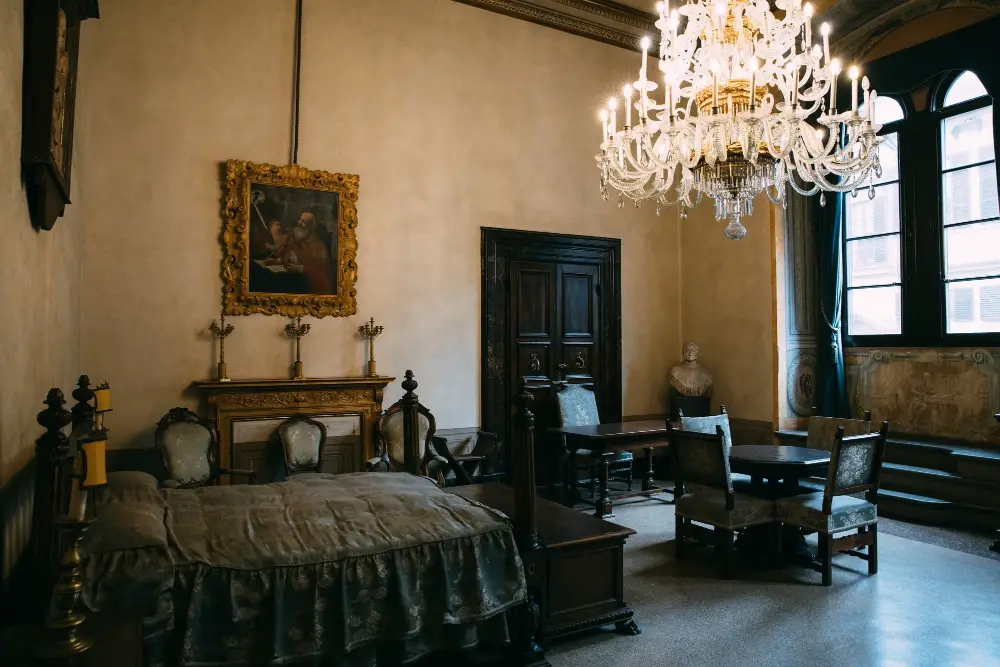
Seating arrangements were no exception, with chairs and couches becoming more decorative than ever before. The use of rich fabrics such as velvet and silk was common in this era, along with intricate carvings on wooden frames.
One notable example of Renaissance seating is the “savonarola chair,” named after a 15th-century Italian monk who was known for his ascetic lifestyle. This chair featured an X-shaped frame that could be easily folded for storage or transportation.
Another popular style during this time was the “faldistorio,” which served as a throne-like seat for important figures such as popes or kings. These seats were often adorned with gold leaf and precious stones to showcase their owner’s wealth and status.
Renaissance seating reflected the opulence of the era while also incorporating practicality into its designs.
Birth of the Sofa
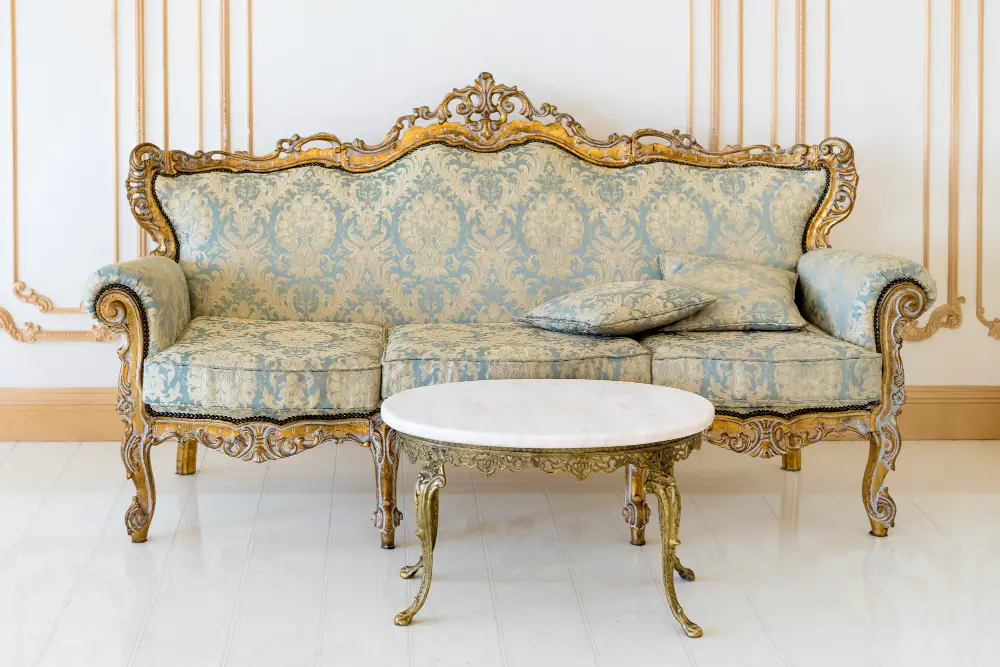
The first sofas were designed to seat multiple people comfortably and were often used in formal living rooms or parlours. These early designs featured high backs and arms, with ornate carvings and intricate details.
One of the most notable examples is the Knole sofa, which originated in England during this period. It had a distinctive shape with adjustable side arms that could be lowered to create a flat surface for sleeping or lounging.
As society became more affluent during this time, furniture makers began experimenting with new materials such as silk upholstery and mahogany frames. This led to an explosion of creativity in design as craftsmen sought to create unique pieces that reflected their clients’ tastes.
The popularity of sofas continued into the 19th century when they became even more elaborate with tufted upholstery, fringe trimmings and decorative pillows becoming commonplace features on these luxurious pieces.
17th Century Innovations
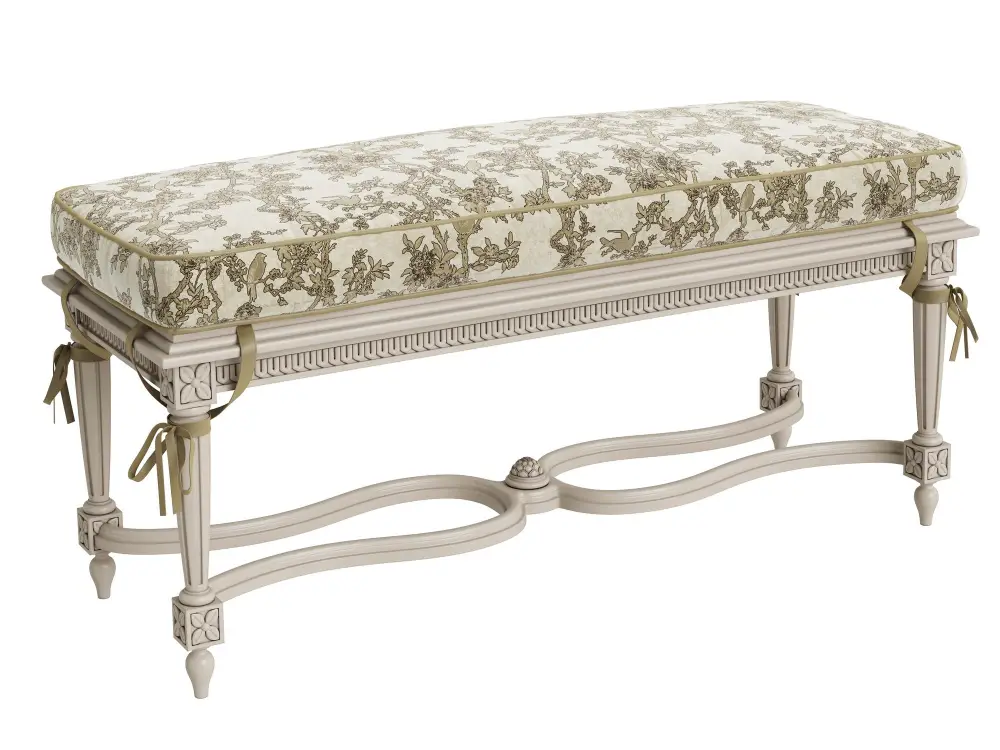
The French introduced the “canape,” which was a long seat with high sides and backrests that were often upholstered in luxurious fabrics such as silk or velvet. These canapes were designed to accommodate multiple people at once and became popular among aristocrats who used them for social gatherings.
Another innovation during this time was the introduction of stuffing materials such as horsehair, wool, and feathers into couch cushions to provide more comfort. This allowed for softer seating arrangements that could be enjoyed for longer periods without causing discomfort.
The 17th century also saw an increase in decorative elements on couches, including intricate carvings on wooden frames and ornate embroidery on upholstery fabrics. These designs reflected the opulence of European courts at the time.
Rococo Grandeur
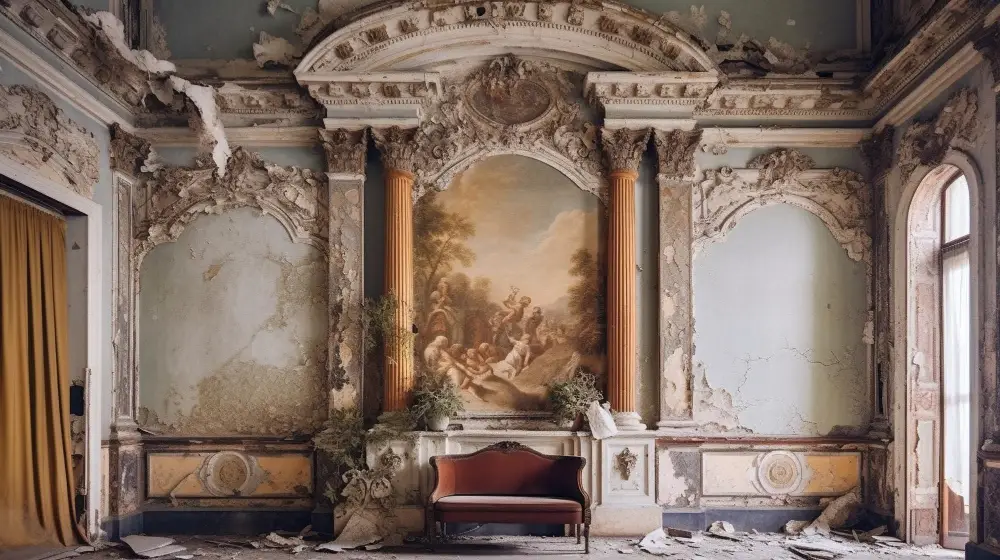
The Rococo period was characterized by ornate decorations, asymmetrical shapes and pastel colors. Couches during this time were designed to be grandiose with intricate carvings on the frames and luxurious upholstery.
The French aristocracy embraced this style of furniture which led to an increase in demand for couches that were not only comfortable but also visually appealing. The designs featured curved lines, floral motifs, shells and other natural elements.
One of the most famous examples of a Rococo-style couch is Madame de Pompadour’s sofa at Versailles Palace. It was designed by Jean-Baptiste-Claude Sené who was known for his extravagant pieces that showcased his mastery over woodcarving techniques.
Rococo-style couches are still highly sought after today due to their timeless elegance and unique aesthetic appeal.
Victorian Upholstery

The upholstery was often made from rich fabrics such as velvet, silk or brocade with intricate patterns and designs. These couches were not only comfortable but also served as decorative pieces in homes.
The Victorian period saw an increase in mass production of furniture which led to more affordable options for the middle class. However, the upper class still preferred custom-made pieces that showcased their wealth and taste.
One popular style during this time was the fainting couch which had a sloping backrest designed to support women who would “faint” due to tight corsets worn at that time. Another popular design was the chaise lounge which allowed people to recline comfortably while reading or socializing.
Arts and Crafts Movement
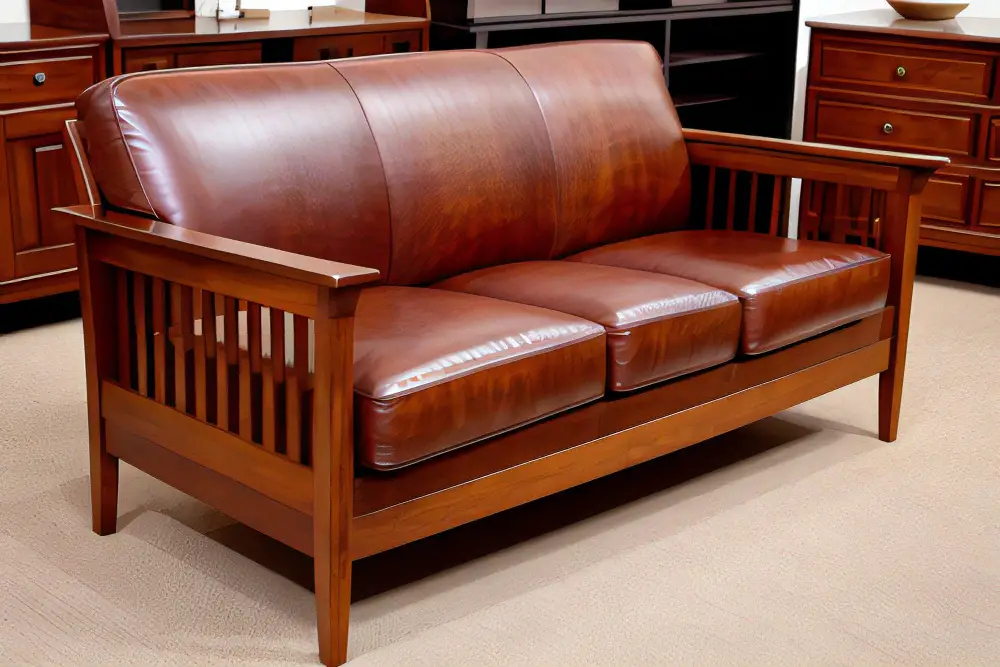
The movement was a reaction to mass-produced goods that lacked quality craftsmanship. Furniture makers began creating pieces by hand, using traditional techniques and natural materials such as wood, leather, and metal.
Couches during this period were designed with clean lines and minimal ornamentation. They were often made of oak or other hardwoods with exposed joinery for added visual interest.
Upholstery fabrics tended to be muted tones like beige or brown.
One notable designer from this era is Gustav Stickley who created his own line of furniture known as “Craftsman” style which featured simple designs inspired by Japanese aesthetics.
Modernist Design

The focus shifted towards simplicity, functionality and minimalism. This movement had a significant impact on furniture design as well as architecture.
The modernist couches were characterized by clean lines, geometric shapes and neutral colors such as black or white. Materials like leather or chrome were popular choices for upholstery and frames respectively.
One of the most iconic modernist couch designs is Le Corbusier’s LC2 sofa from 1928-29. It features a sleek steel frame with thick cushions that provide both comfort and support while maintaining its minimalist aesthetic.
Another notable example is Mies van der Rohe’s Barcelona Daybed from 1930 which combines form with function through its simple yet elegant design that can be used both for seating or lounging purposes.
Post-WWII Comfort
The furniture industry was no exception, with designers focusing on creating comfortable and functional pieces for the home. Couches became more accessible to the masses as production methods improved and new materials were introduced.
One notable design from this era is the sectional sofa, which allowed for customization based on room size or personal preference. This style also provided ample seating space while maintaining a sleek look.
In addition to functionality, comfort remained a top priority during this time period. Plush cushions replaced stiff upholstery materials like horsehair or straw that had been used in earlier designs.
The post-WWII era also saw an increase in experimentation with colors and patterns as people sought to brighten up their homes after years of war-time austerity measures.
Couch Materials Evolution

In ancient times, couches were made from wood and adorned with cushions stuffed with straw or feathers. Later on, during the Renaissance period, velvet and silk became popular choices for upholstery.
In the 19th century, springs were added to provide more comfort in seating arrangements. This innovation led to a shift towards using horsehair as stuffing material instead of feathers or straw.
The 20th century saw an explosion of new materials being used in furniture design due to technological advancements. Couches began incorporating synthetic fibers like polyester and nylon into their construction for durability and ease of maintenance.
Today’s modern couch designs often feature leather upholstery which is both stylish and durable while also providing a luxurious feel that many people desire in their homes.
Functionality and Style
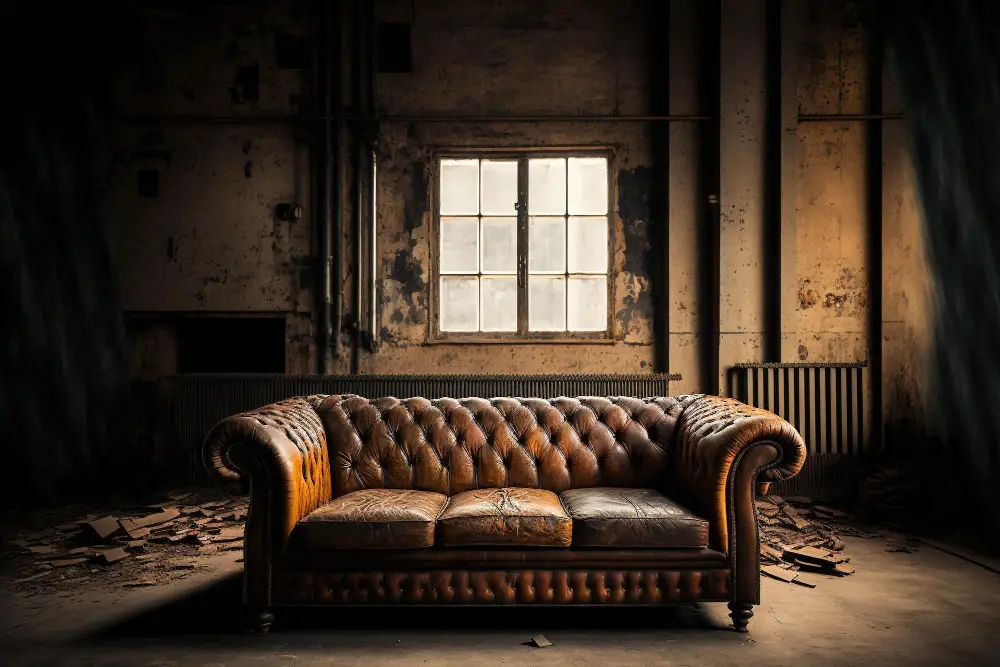
They began to serve multiple functions and were designed with style in mind. In the 20th century, designers started experimenting with different materials such as leather, velvet and suede for upholstery.
The functionality of couches also expanded beyond seating arrangements; some designs included built-in storage compartments or pull-out beds for guests.
Today’s modern couches are not only functional but also stylish pieces of furniture that can enhance any room’s decor. From sleek minimalist designs to plush oversized sectionals, there is a wide range of styles available on the market today.
Functionality remains an essential aspect when choosing a new sofa or sectional; it should be comfortable enough for lounging while still providing ample seating space for family and friends during gatherings.
Influence of Global Cultures

For instance, the Japanese introduced the concept of low seating arrangements with their traditional tatami mats and floor cushions. This style became popular in Western countries during the mid-20th century.
Similarly, Middle Eastern culture has also had a significant impact on couch design. The divan is a type of long seat or cushioned bench that originated in Persia and was later adopted by Ottoman Turks as an integral part of their living spaces.
In recent years, Scandinavian designs have become increasingly popular due to their minimalist yet functional approach to furniture design. Their clean lines and neutral colors have inspired many modern-day couch designs.
Contemporary Couch Styles

Today, there are a plethora of designs available that range from minimalist and sleek to bold and eclectic. One popular trend is modular sofas that allow for customization based on individual requirements.
These can be rearranged into different configurations, making them perfect for small spaces or those who like to switch up their living room layout frequently.
Another style gaining popularity is the sectional sofa which provides ample seating space while also being visually appealing with its L-shaped design. Sectionals come in various sizes, shapes, materials and colours allowing you to choose one that complements your decor perfectly.
For those looking for something more luxurious, high-end designer couches made from premium materials such as leather or velvet are an excellent choice. They offer both comfort and elegance while adding a touch of sophistication to any living space.
Types

Some of the most common types include sectional sofas, loveseats, chaise lounges, futons and sleeper sofas. Sectional sofas are perfect for large families or those who love to entertain guests as they can accommodate many people at once.
Loveseats are ideal for small spaces or couples who want a cozy seating arrangement while chaise lounges offer a comfortable spot to stretch out your legs after a long day.
Futons serve dual purposes as they can be used both as seating arrangements during the day and converted into beds at night. Sleeper sofas also provide an extra sleeping space when needed but come in more stylish designs than futons.
The type of couch you choose depends on your lifestyle needs and personal style preference.
Etymology
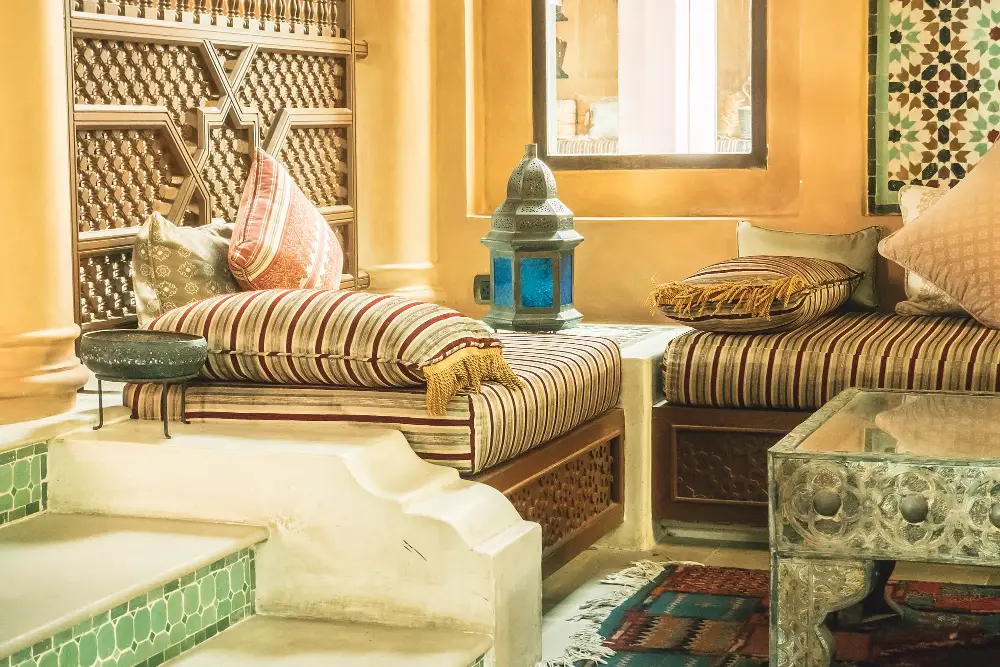
The word “couch” comes from the Old French noun “couche,” which means a bed or resting place. It was first used in English during the 14th century to describe a piece of furniture that could be used for both sitting and sleeping.
Over time, different cultures developed their own variations on couches, each with its unique name. For example, in Japan, they have futons; in India, there are charpoys; while Arab countries have divans.
The evolution of language has also influenced how we refer to couches today. In some parts of America and Canada it’s called a sofa while others call it a settee or chesterfield.
Future of Couches

With advancements in technology and materials, we can expect even more functionality from our seating arrangements. For example, some designers are experimenting with smart fabrics that can change color or texture based on your mood or preferences.
We may also see a shift towards more sustainable materials as people become increasingly aware of their impact on the environment. Couches made from recycled materials or renewable resources could become more popular in the coming years.
Another trend is modular furniture which allows you to customize your seating arrangement according to your space requirements and personal style preferences. This type of furniture is perfect for small apartments where space-saving solutions are essential.
While couch designs may change over time, one thing remains constant: they will always be an integral part of our homes – providing comfort and relaxation after a long day at work!
FAQ
When did people start using couches?
People started using couches in the 17th century, as their origins can be traced back to this period in line with the development of properly weatherproof housing and practical upholstered furniture in the late 16th century.
What did people sit on before couches?
Before couches, people, particularly Romans, sat on chaise longues or stone benches depending on their social class.
What were couches called in the 1800s?
In the 1800s, couches were referred to as ottomans, divans, settees, and sofas in Victorian England.
Where was the first sofa invented?
The first sofa was invented in England in the 1690s, with a style resembling double Windsor chairs without a division.
How has the design of couches evolved over time?
The design of couches has evolved over time by incorporating various materials, styles, and functionalities to cater to changing human needs and preferences.
Which civilizations had the earliest forms of seating furniture similar to couches?
The earliest civilizations with seating furniture similar to couches include the ancient Egyptians and Mesopotamians.
What materials were initially used in the construction of early couches?
Early couches were initially constructed using materials such as wood, stone, and animal hide.
You may also like to read:
